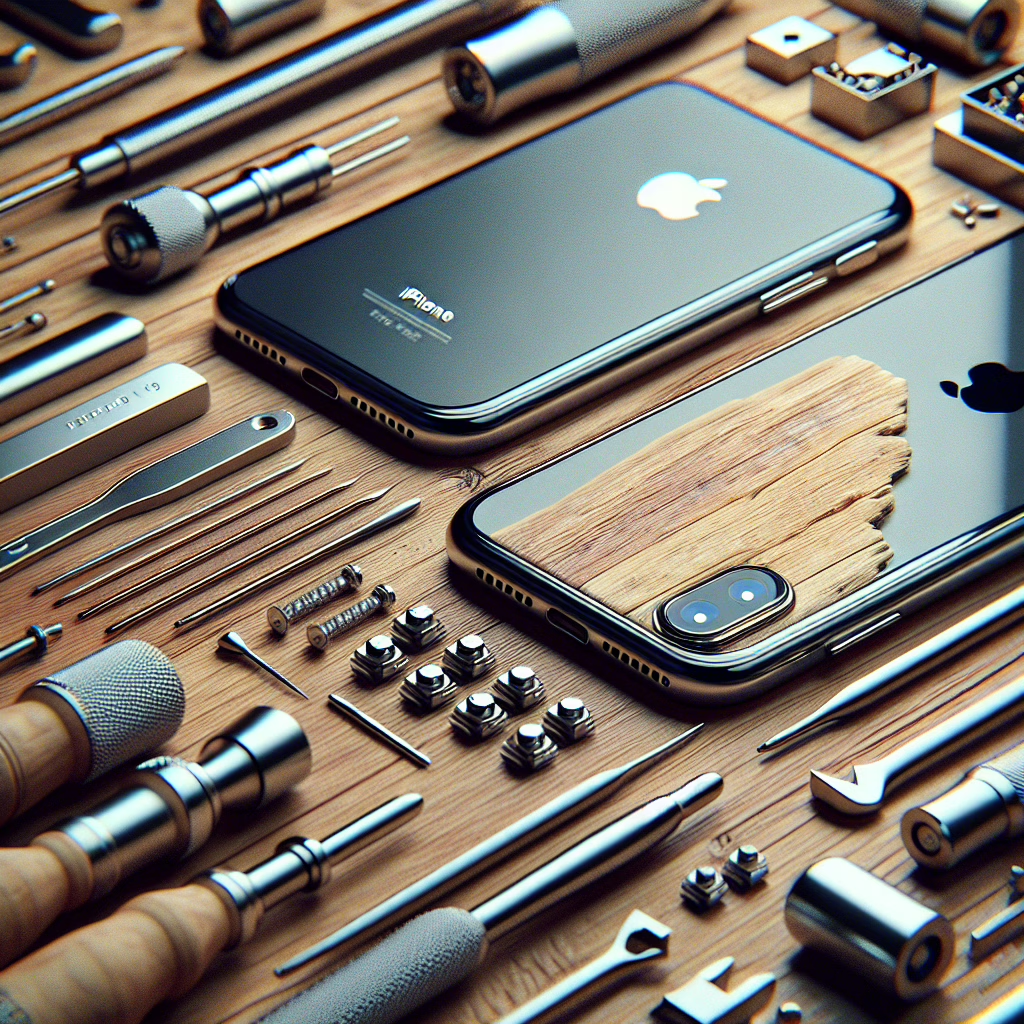In the whimsical world of technology, where yesterday’s marvel quickly becomes today’s antique, Apple has declared the iPhone 7 Plus and iPhone 8 officially vintage. Yes, you heard that right! If you own one of these classic beauties, you might want to brace yourself for a rollercoaster ride of repair options—or the lack thereof.
What Does ‘Vintage’ Even Mean?
So, what’s the deal with this vintage label? In Apple’s universe, a device becomes vintage when it has been out of production for at least five years. The iPhone 7 Plus, which debuted in 2016, and its slightly younger sibling, the iPhone 8, released in 2017, have both crossed this threshold. Now they’re like that cool band you loved in high school—everyone still remembers them fondly, but finding their albums can be a challenge!
This means that while you can still flaunt your vintage iPhone with pride (and perhaps a hipster hat), getting it repaired may not be as straightforward as it once was. Apple has limited its support for these devices, making some replacement parts as rare as a unicorn sighting. However, the vintage charm might just be the reason you want to keep it alive.
Repair Options: A Quest for Parts
If your trusty iPhone 7 Plus or iPhone 8 is feeling under the weather—perhaps a cracked screen or a battery that’s more of a ‘no-go’ than a ‘go’—your repair options might seem slim. Apple has ceased producing parts for these models, which means you’ll need to get a bit creative.
Your best bet is to head to an authorized service provider who can use existing stock or third-party parts. Just remember, not all heroes wear capes; some carry a toolkit instead. Here are some options to consider:
- Authorized service providers – They likely have access to limited parts.
- Local repair shops – Many offer reliable services and may have stock parts.
- DIY repairs – If you’re handy, you can troubleshoot and fix common issues.
The Third-Party Market: Treasure Hunting
The third-party repair market is like an adventure waiting to unfold. It’s where you can find everything from replacement screens to batteries that don’t require a side quest through the internet to locate. But beware! While some shops offer genuine parts at reasonable prices, others might try to sell you a battery that looks like it was salvaged from an old toaster. Always do your research!
If you’re feeling particularly adventurous (or just want to impress your friends), DIY repairs are also on the table! Websites offering repair kits and video tutorials abound. Just remember: while replacing that screen might seem easy-peasy in the video tutorial, in real life, it can sometimes feel like assembling IKEA furniture without instructions.
The Vintage Appeal: Keeping It Alive
If you’re determined to keep your vintage devices alive and kicking, consider investing in accessories that extend their life. A sturdy case can protect against accidental drops (because who hasn’t dropped their phone at least once?), while screen protectors can save your display from scratches and scrapes. Think of these as modern-day armor for your beloved gadget!
And let’s not forget software updates! While Apple may not provide future updates for these vintage models, keeping your operating system up-to-date will help maintain functionality and security—at least until you decide it’s time to upgrade to something shinier. Consider these maintenance tips:
- Regularly back up your data to avoid loss.
- Monitor battery health and performance.
- Use compatible accessories designed for your model.
Should You Upgrade?
This vintage status might make you ponder whether it’s time to part ways with your beloved iPhone 7 Plus or iPhone 8. Upgrading could mean enjoying the latest features, better camera quality, and improved battery life. However, if your vintage phone still serves you well, why rush? After all, being vintage is kind of cool—just ask any retro enthusiast!
The Bottom Line
In conclusion, while navigating the world of vintage iPhones may come with its challenges—like finding repair parts or accepting that your phone is now considered ‘vintage’—it also offers an opportunity to embrace nostalgia. So whether you’re hunting down parts or considering an upgrade, remember: every device tells a story. Keep yours alive, and feel free to share your experiences below!
For more info on the excitement and challenges of vintage technology, check out our article on vintage gaming and how it connects with modern devices!

